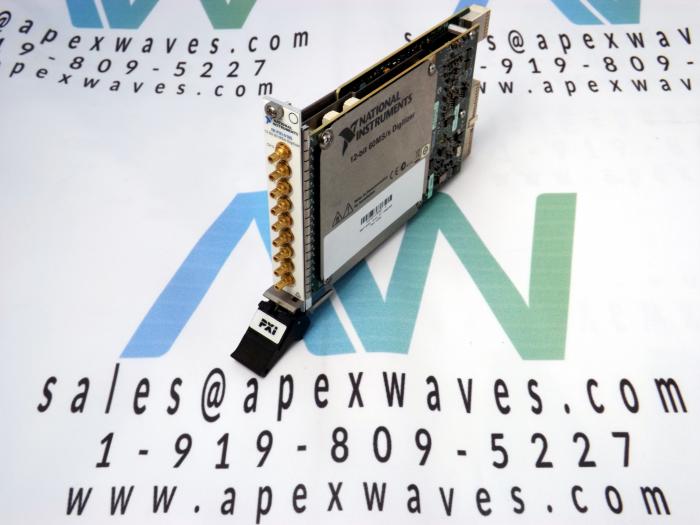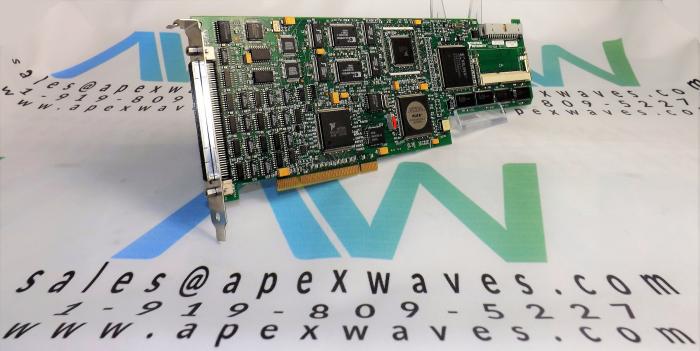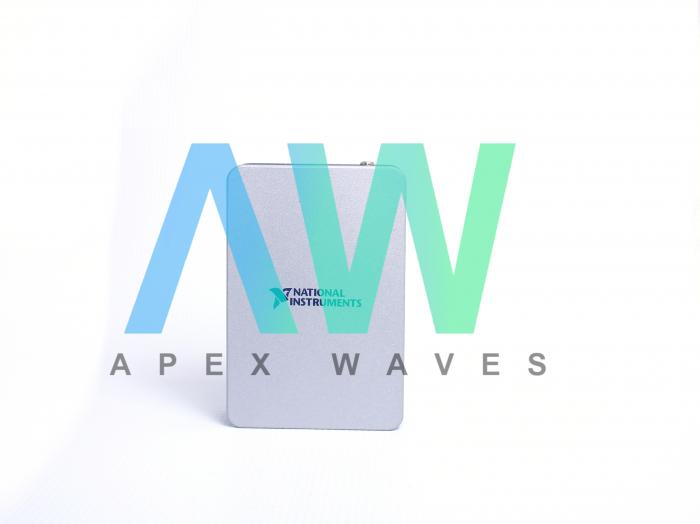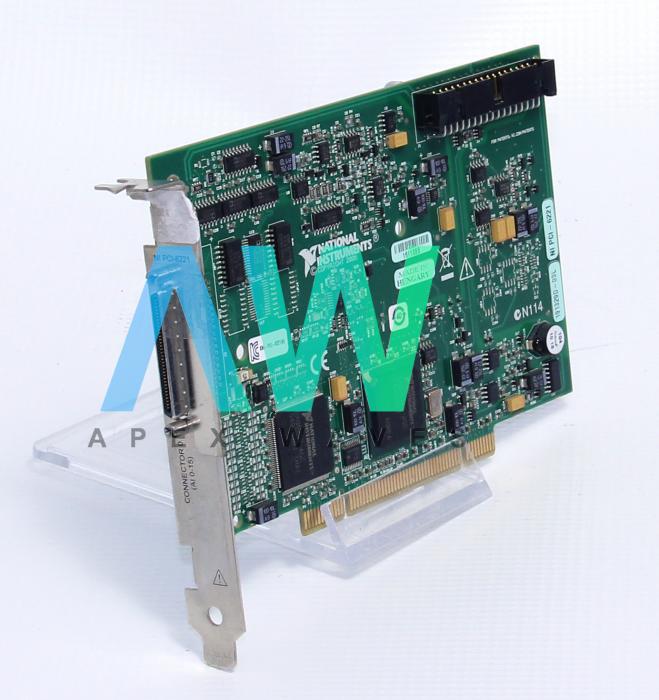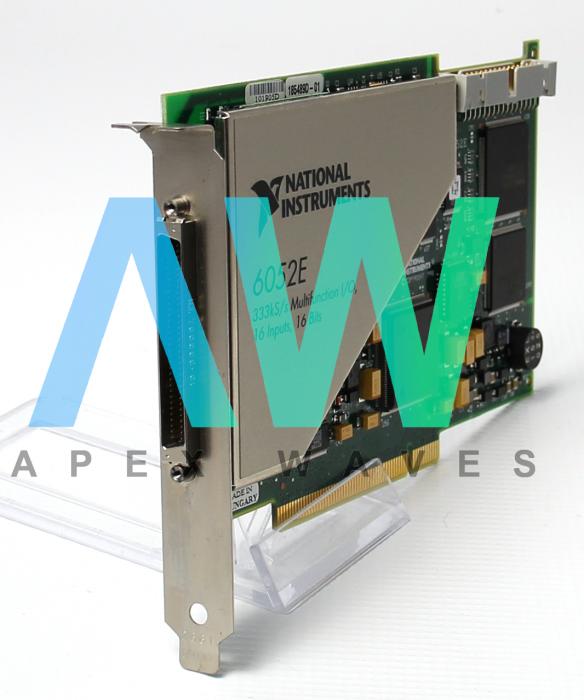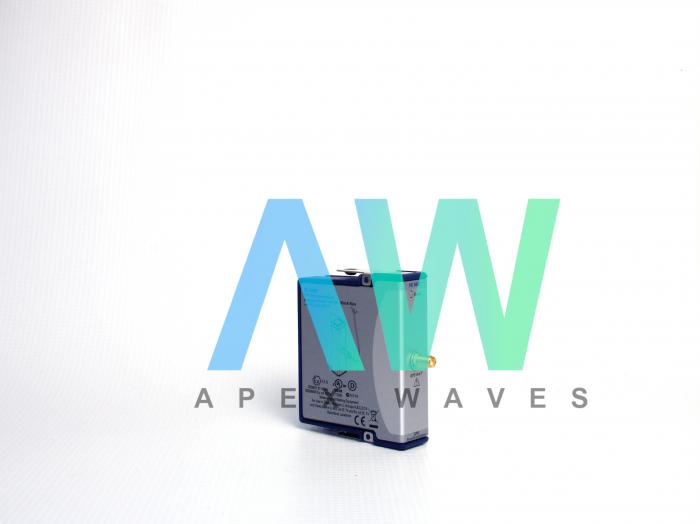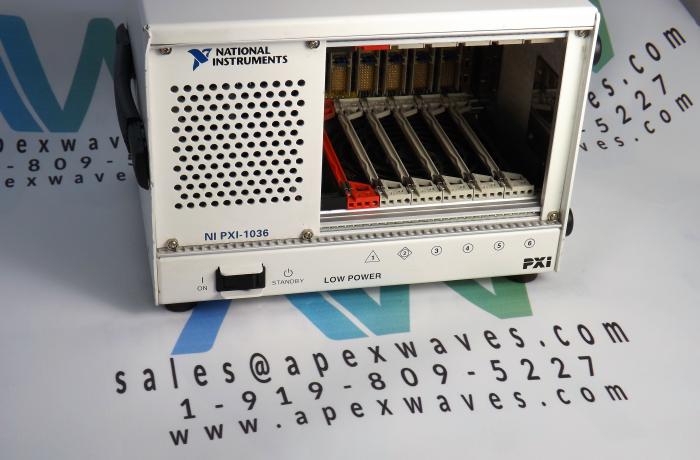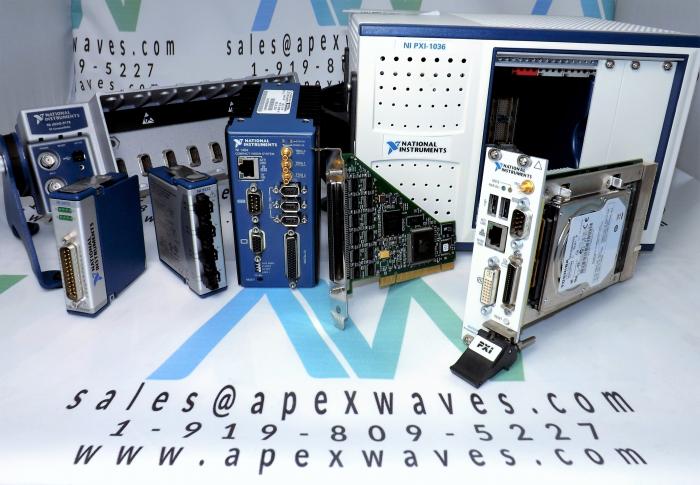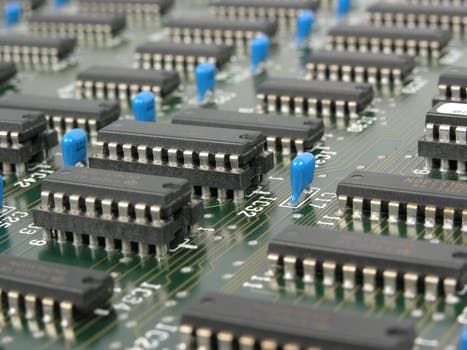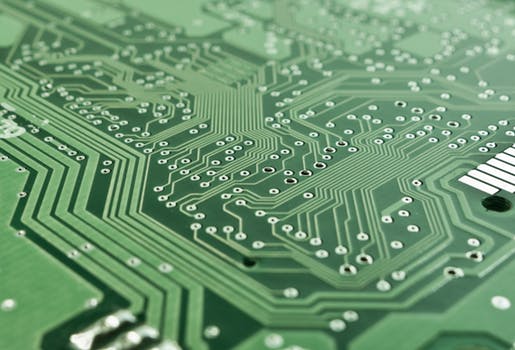Many National Instruments devices utilize Analog-to-Digital Converters, which has many advantages, including improving preciseness and performance within a variety of applications. There are two key types of Analog-to-Digital Converters or ADCs used in National Instruments DAQ Devices: the Successive-Approximation-Register or SAR and Delta-Sigma ADC or DSA. The SAR type of ADC is utilized in NI-63xx X Series Devices and Modules, NI-60xx E Series Devices, several NI-61xx S Series Devices and Modules, and NI-62xx M Series Devices and Modules. However, the DSA type of ADC is utilized in NI-43xx SC Express Devices and Modules, NI-944xx DSA Devices and Modules, and several NI-92xx C Series Devices and Modules.
National Instruments Frame Grabbers Family
The National Instruments Frame Grabbers family contains devices for PXI, PXI Express, PCI, and PCI Express, allowing users to link to industry-standard camera buses, such as Camera Link, GigE Vision, and USB3 Vision. These devices have 1-4 ports. Certain devices have Power over Ethernet (PoE) or Power over Camera Link. Frame Grabbers are ideal for scientific imaging and machine vision applications, involving high data throughput, high-resolution, and/or high-speed digital imagining.
Continue reading “National Instruments Frame Grabbers Family”
National Instruments cDAQ Platform
The National Instruments CompactDAQ or cDAQ models, such as the cDAQ-9171, cDAQ-9174, cDAQ-9178, and more belong to this family of data acquisition models. A CompactDAQ system is comprised of a chassis linked to a PC via USB or Ethernet, which is filled with at least one I/O module. The National Instruments CompactDAQ Chassis can be utilized with C Series I/O modules for a mixture of counter/timer measurements, digital I/O, as well as analog I/O. Additionally, National Instruments cDAQ Chassis provide numerous timing engines. This feature enables the user to run several hardware-timed actions at the same time with individual rates for analog input. These Chassis have carrying slot counts, anywhere from 1 to 14, enabling the user to choose a Chassis with the requirements for their application. The Bus Connectors for these models are either USB 2.0, USB 3.0, Ethernet, or Wi-Fi. Several of the National Instruments NI cDAQ Chassis also have a synchronization feature and/or a built-in trigger.
National Instruments M Series: A Comprehensive Guide
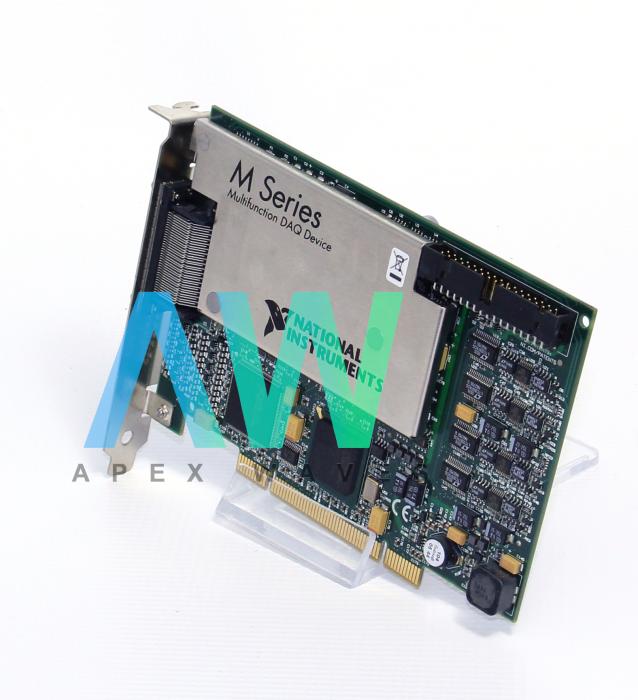
The National Instruments M Series are some of the most sought-after devices in the field of data acquisition. by professionals across diverse industries. Featuring a comprehensive suite of features and capabilities, the M Series can help significantly in the process of capturing, analyzing, and controlling data with precision and efficiency.
Continue reading “National Instruments M Series: A Comprehensive Guide”National Instruments E Series
The National Instruments E Series is a Legacy Series which includes PCI and PXI Multifunction DAQ Devices. The E Series National Instruments devices have as many as 64 analog input channels, two counters, eight or 32 lines of digital input/output, and a maximum of two analog output channels. The E Series devices can be calibrated internally or externally. The self-calibration or internal calibration alters the instrument relative to an extremely precise and steady internal reference on the device. Self-calibration is recommended when environmental settings vary greatly. Self-calibration can be initiated by utilizing the self-calibrate function or VI that comes with the driver software. On the other hand, external calibration alters the instrument relative to a traceable, extremely precise calibration standard. It is suggested to calibrate the instrument at a minimum for the duration specified in the E Series User Manual.
National Instruments C Series Modules
The manufacturer National Instruments has numerous series organized by the type of instrument, one of which is the C Series. This series is comprised of Voltage Output Modules, Universal Analog Input Modules, CAN Interface Modules, Digital Modules, Current Output Modules, Counter Input Modules, Temperature Input Modules, Current Input Modules, Digitizer Modules, Voltage and Current Input Modules, Sound and Vibration Input Modules, Strain/Bridge Input Modules, LIN Interface Modules, Voltage Input Modules, Relay Output Modules, and more. It is also worth noting that several specifications for a C Series system are determined by the modules and other specifications are determined by the backplane. Other specifications can even be based on the configuration of the system. The NI C Series is designed for the CompactDAQ and CompactRIO platforms.
National Instruments Data Acquisition (DAQ) Devices
National Instruments manufactures a variety of products, including several types of data acquisition or DAQ devices. These include affordable singular DAQ devices with a minimal channel count, modular DAQ devices with a medium channel count, and modular DAQ systems with a high channel count. These devices are created for several platforms and buses, such as CompactDAQ, CompactRIO, PXI, PXI Express, PCI, and PCI Express. DAQ devices measure an electrical or physical spectacle like the voltage, temperature, current, sound, or pressure via a computer.
Continue reading “National Instruments Data Acquisition (DAQ) Devices”
Evolution and History Of National Instruments
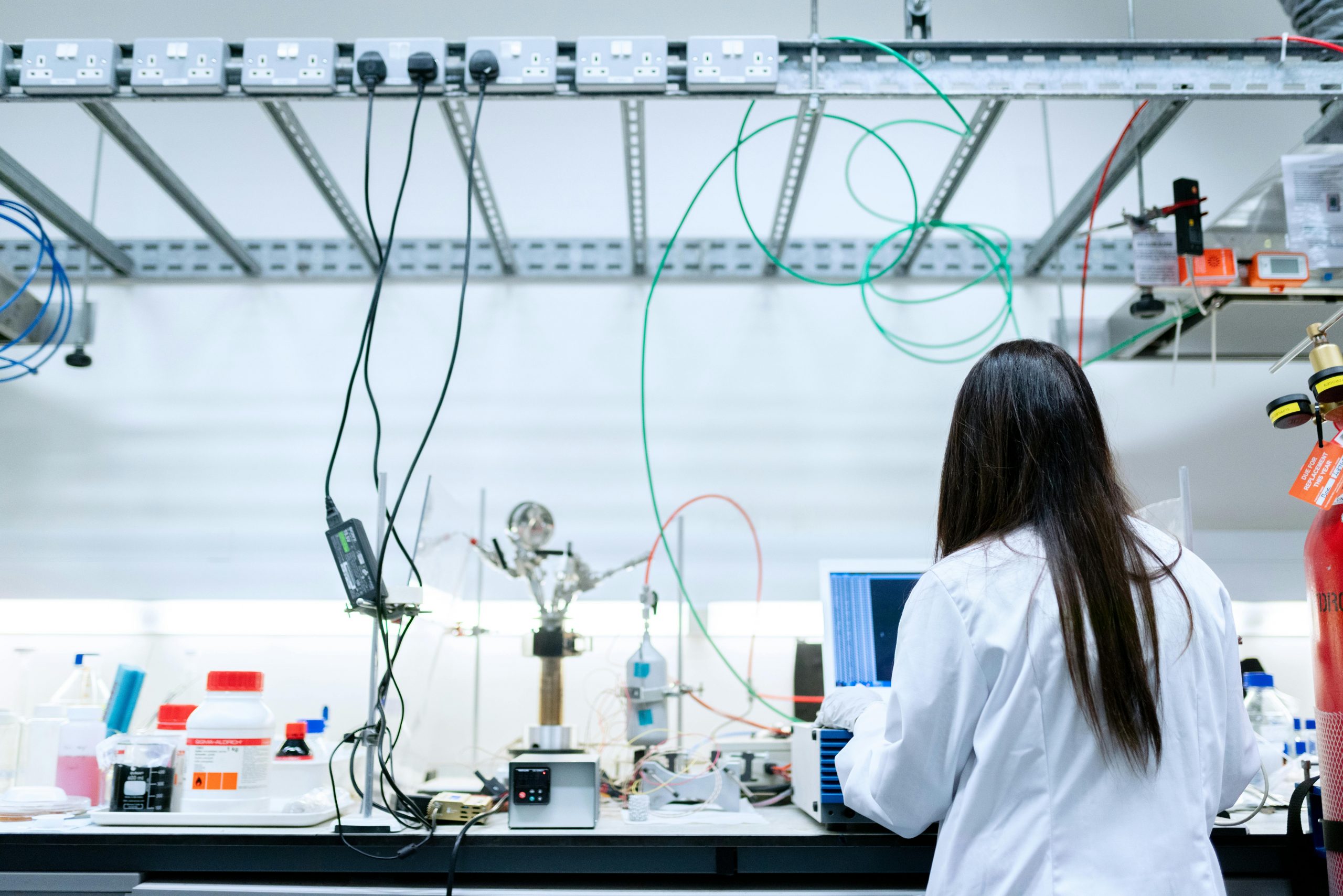
NI’s story is one of persistent dedication to excellence, innovative technology, and unrelenting perseverance, which has led the company from its modest origins in 1976 to its current position as a global leader in engineering innovation. In this article, we will discuss why National Instruments has become one of the most relied-on and heavily respected manufacturers for professionals all over the world.
Continue reading “Evolution and History Of National Instruments”All About Digital Circuits
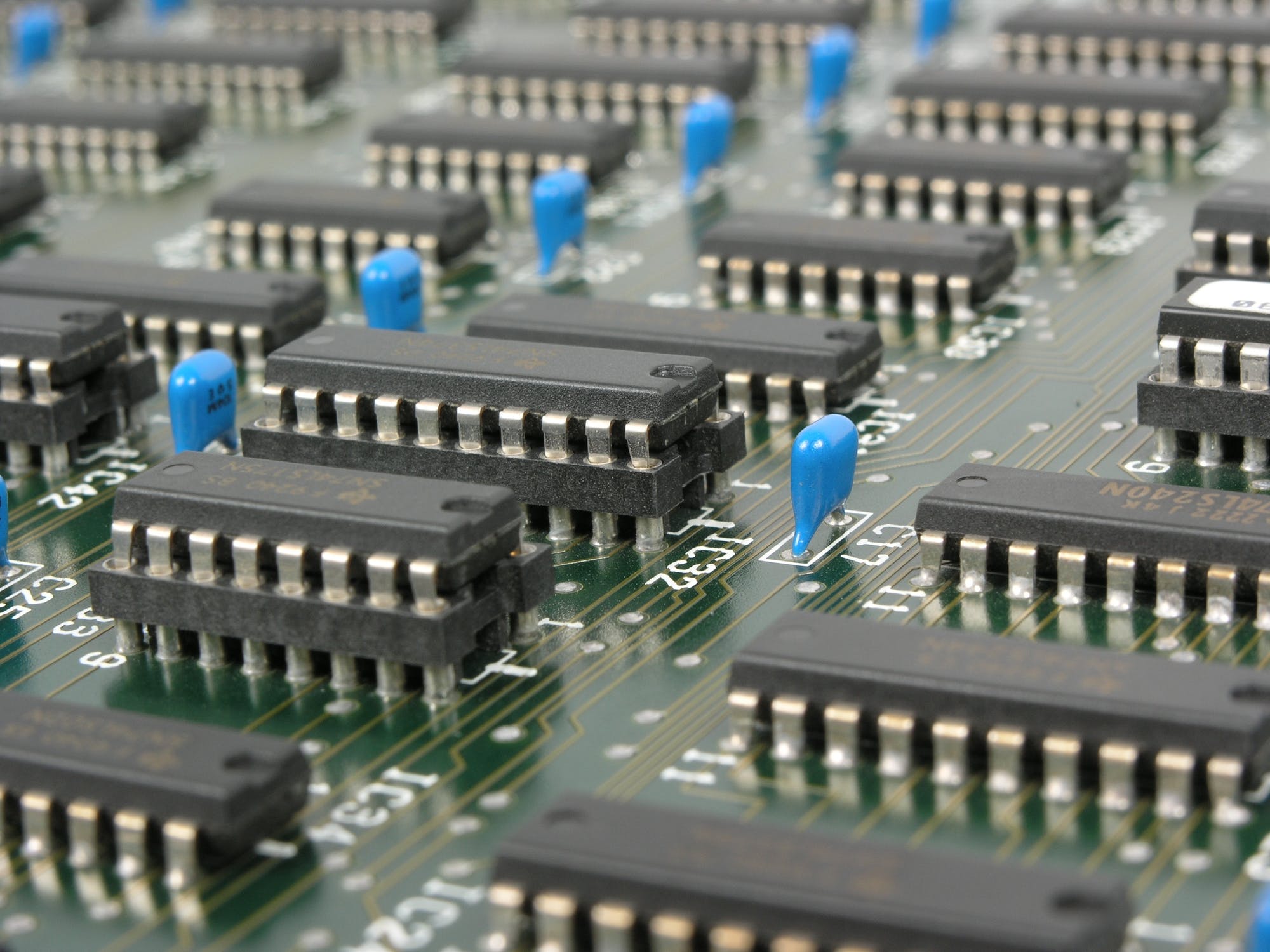
In the ever-changing field of electronic instrumentation, practicality and precision come together to show the paths taken by circuitry and systems. Input networks, amplifiers, op-amps, pulse generators, and oscillators—all fundamental components defining the essence of contemporary electronics—will be covered in this article.
Continue reading “All About Digital Circuits”Your Guide to Component Testers
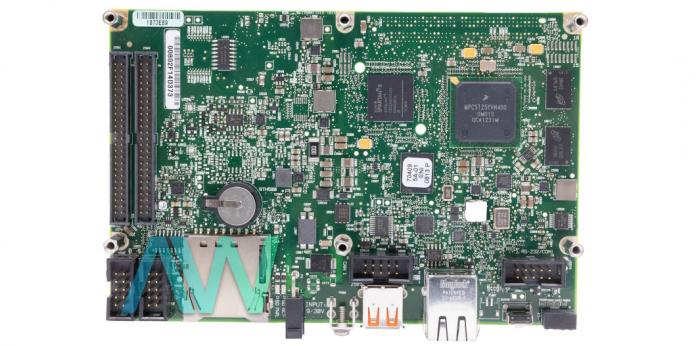
Troubleshooting faulty components can be a daunting task without the right equipment. That’s where component testers come in. These indispensable devices are designed to accurately measure and evaluate electronic components such as resistors, capacitors, diodes, transistors, and more.
In this guide, we will discuss the different types of component testers along with their functionality, applications, and key features.
